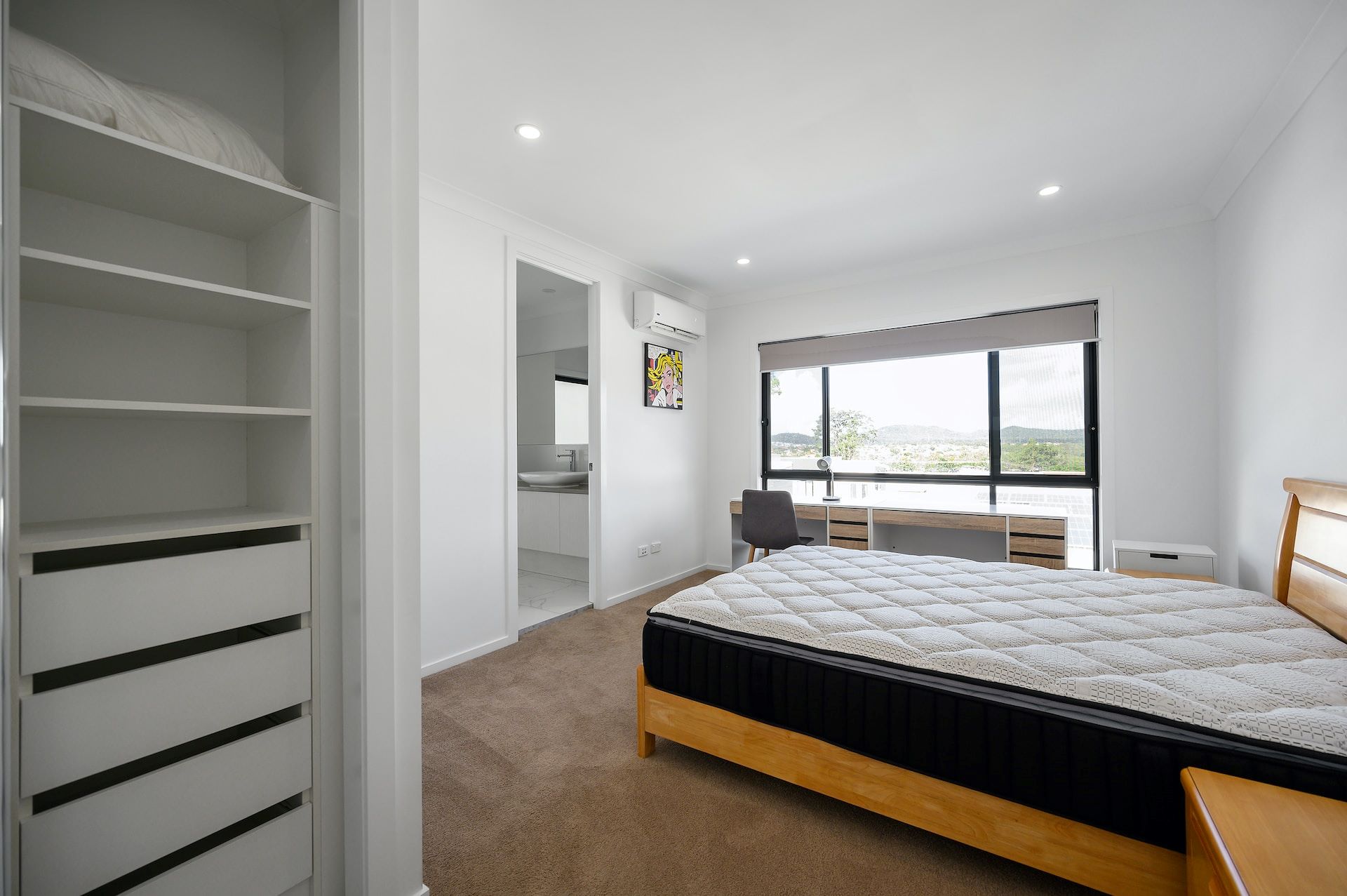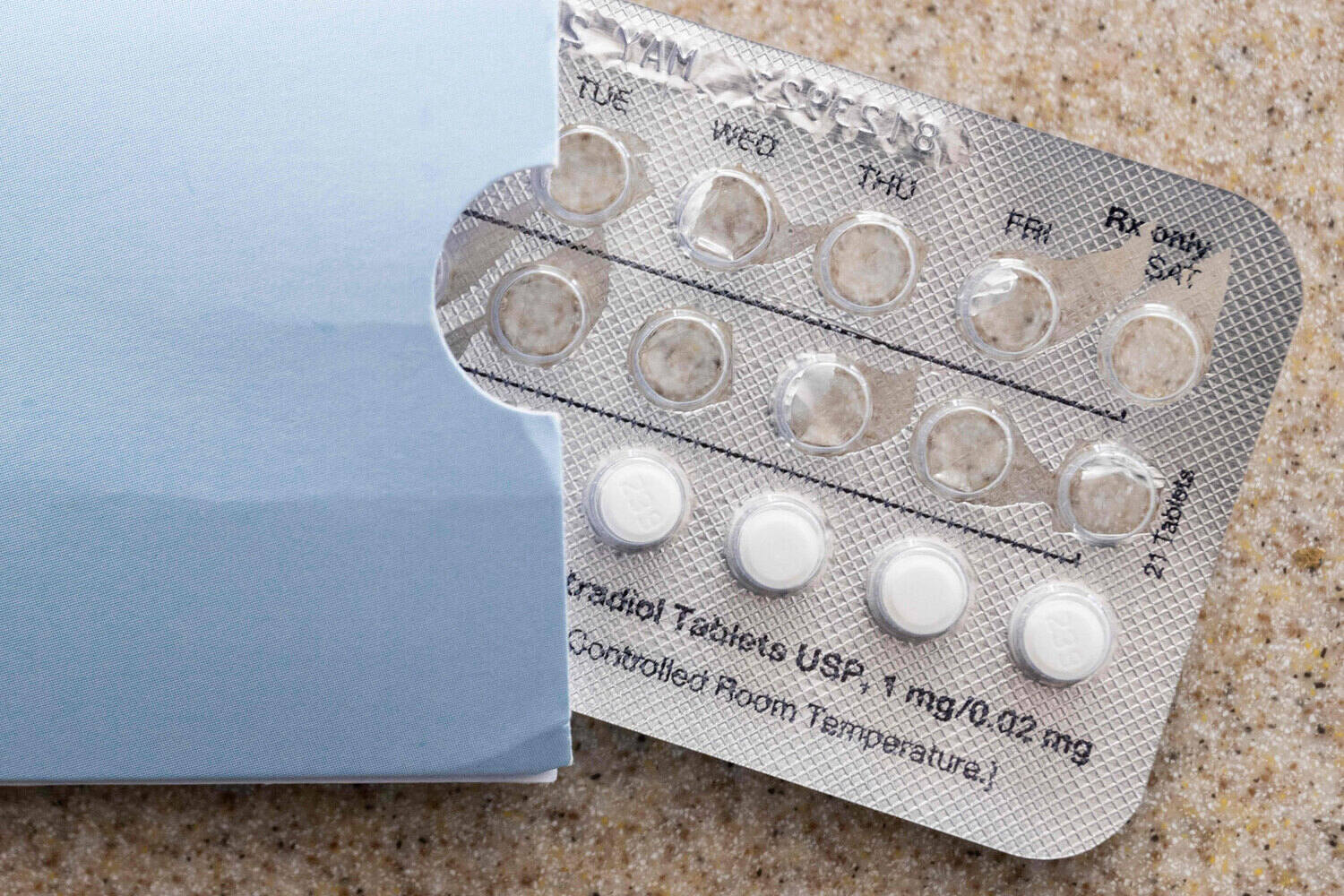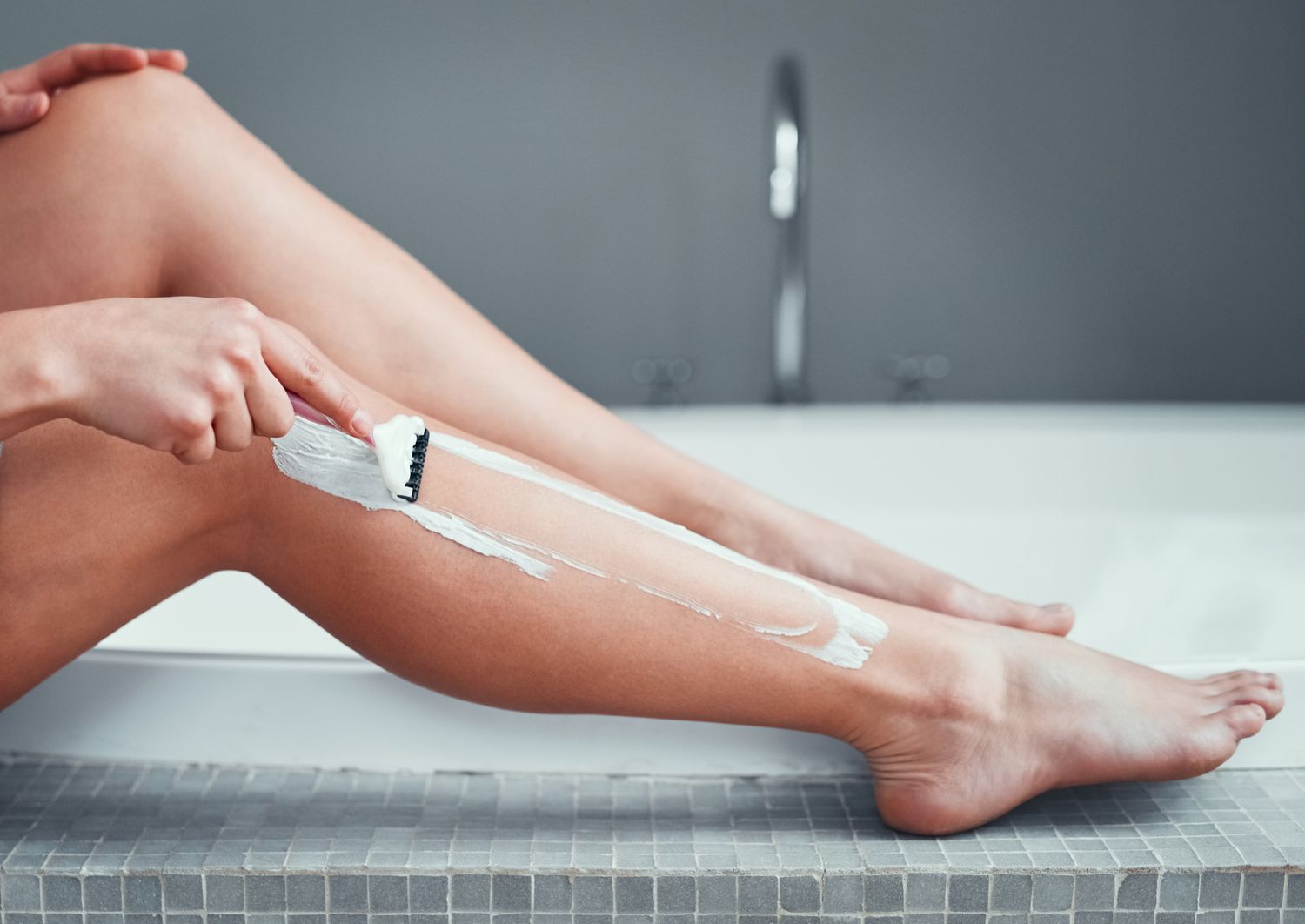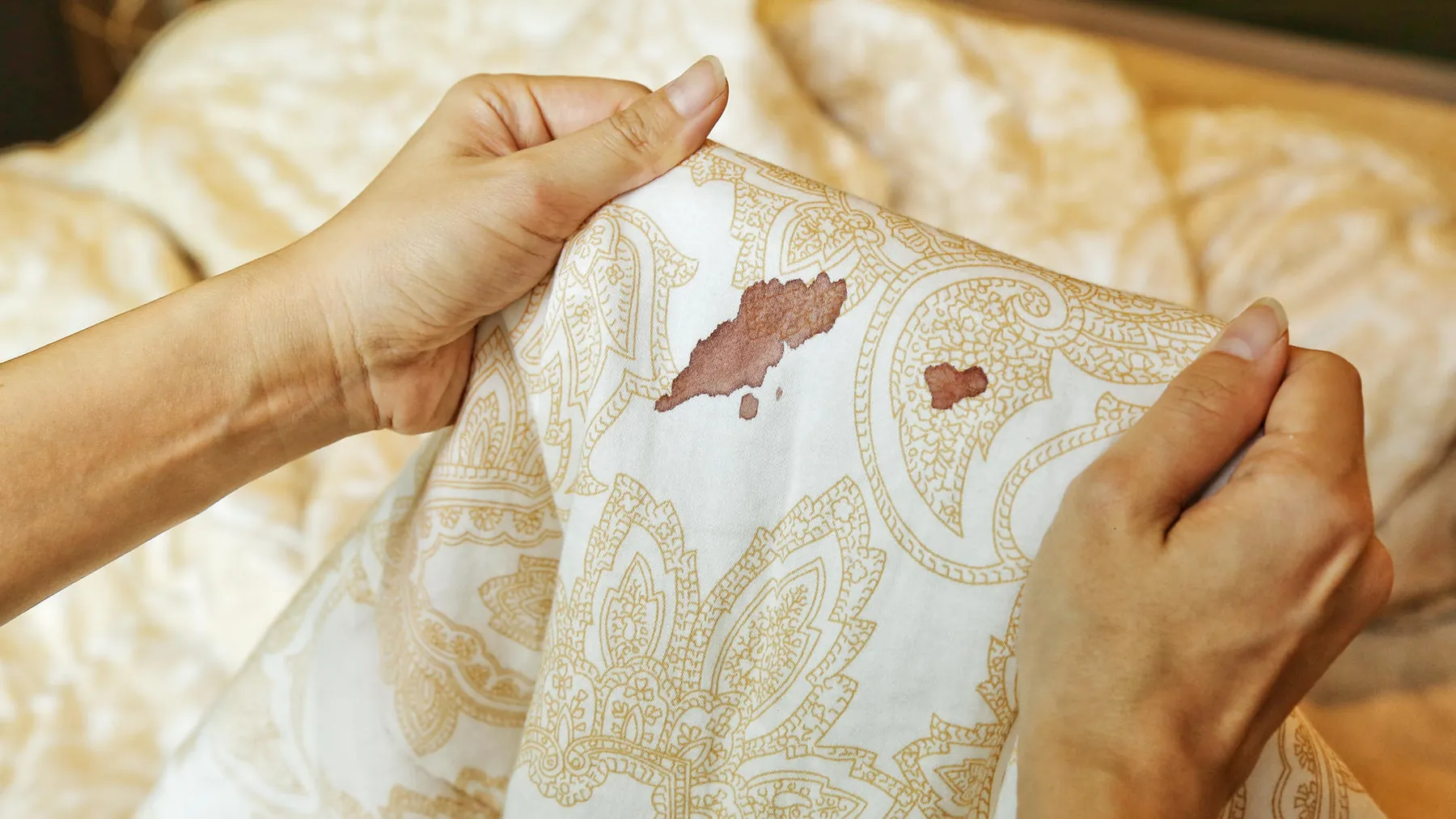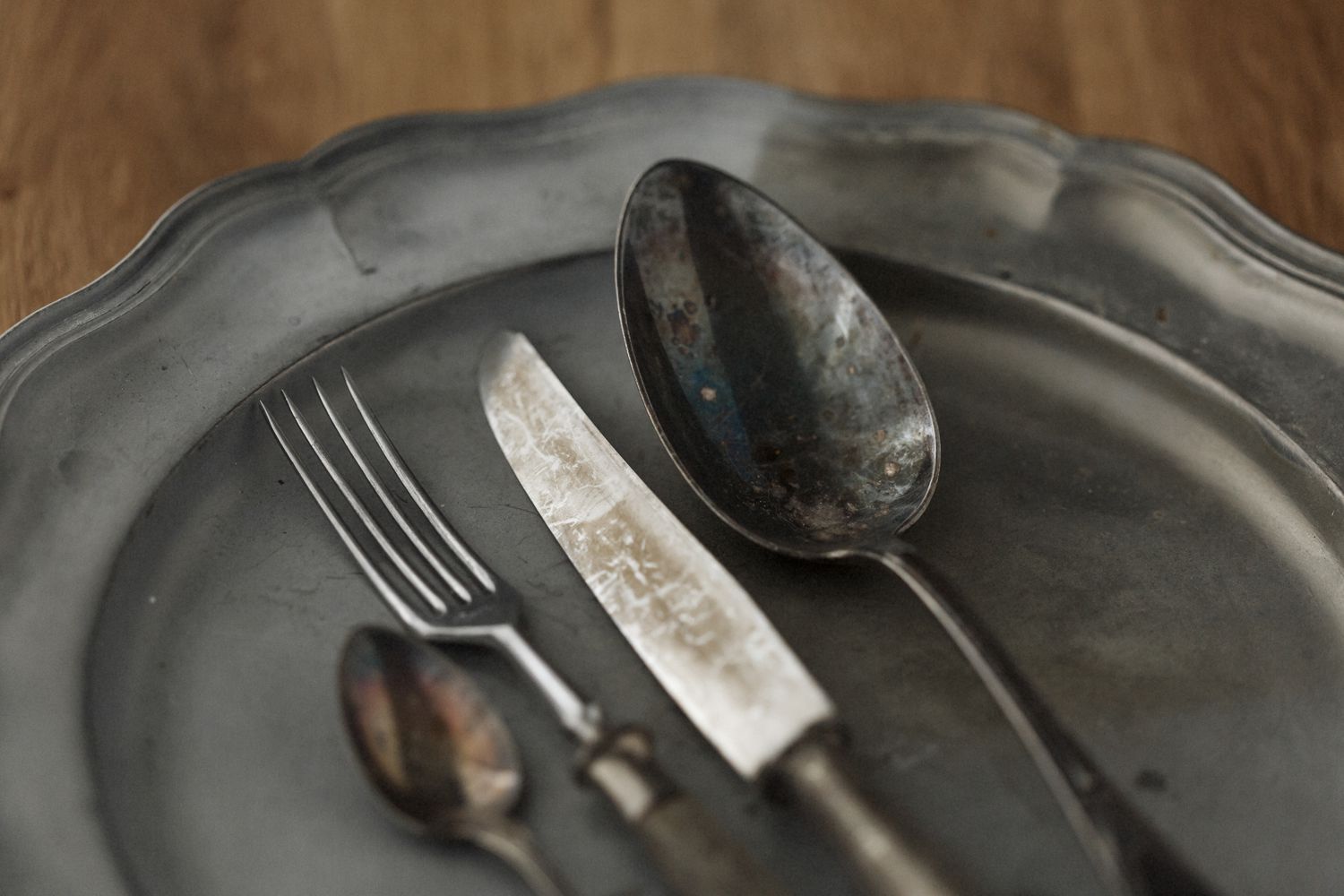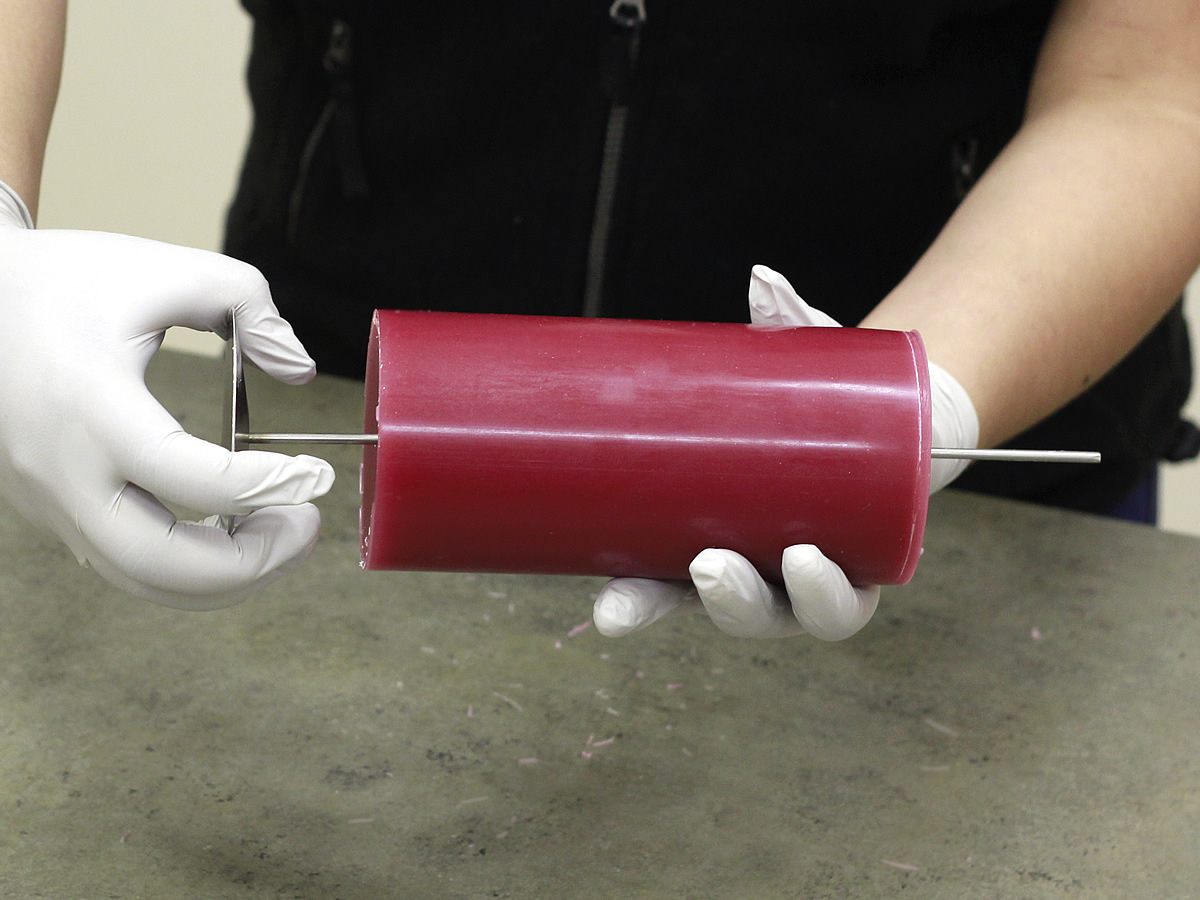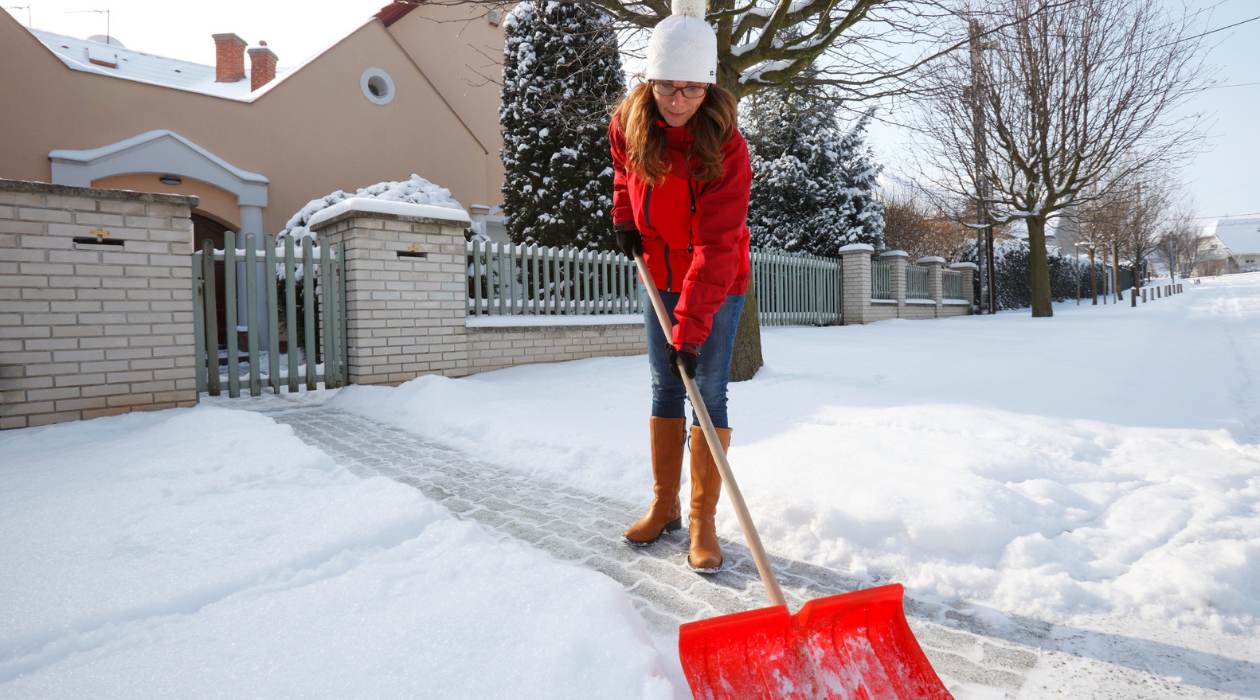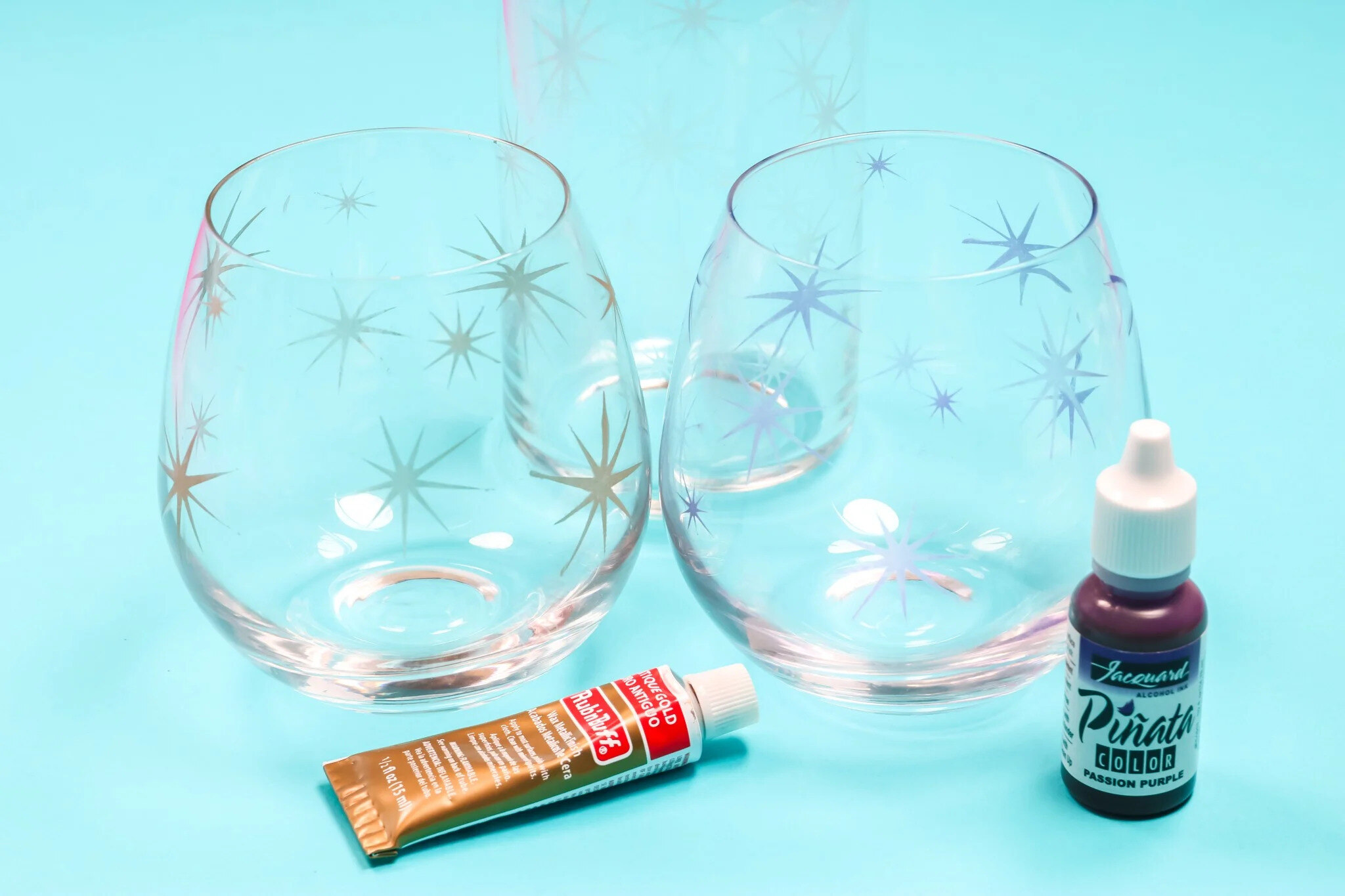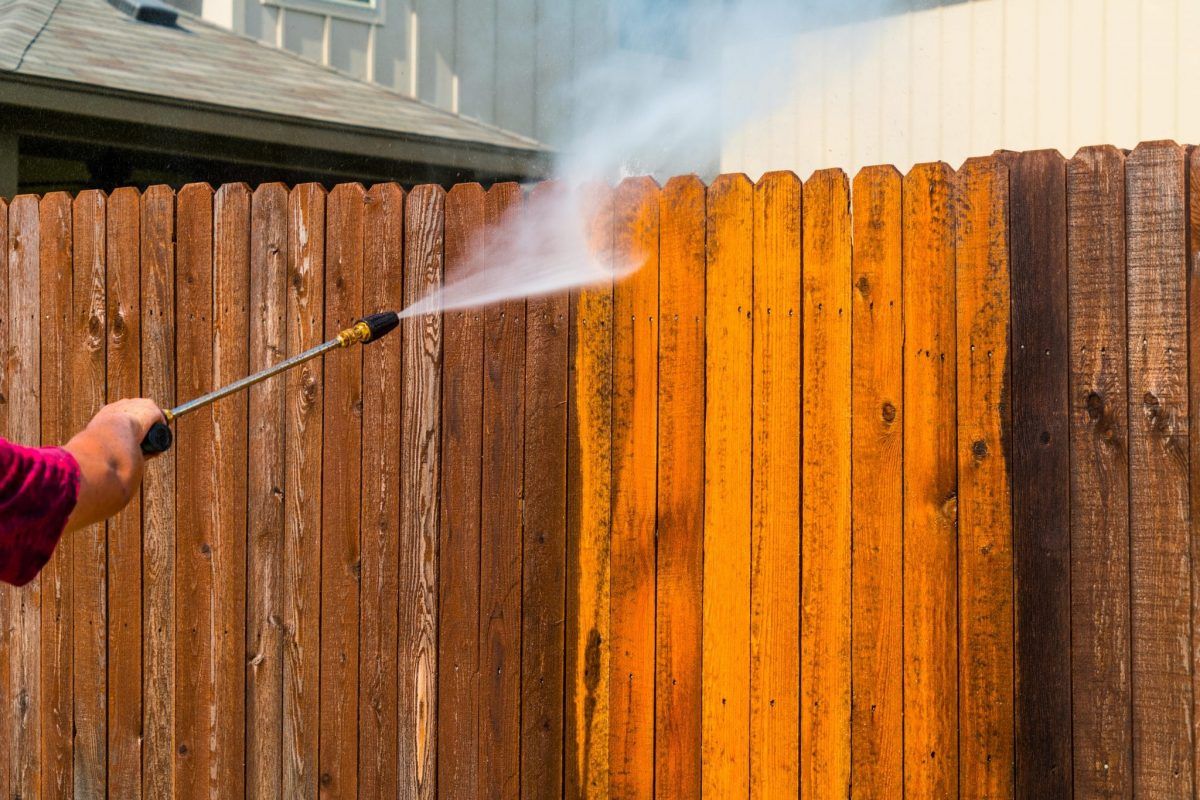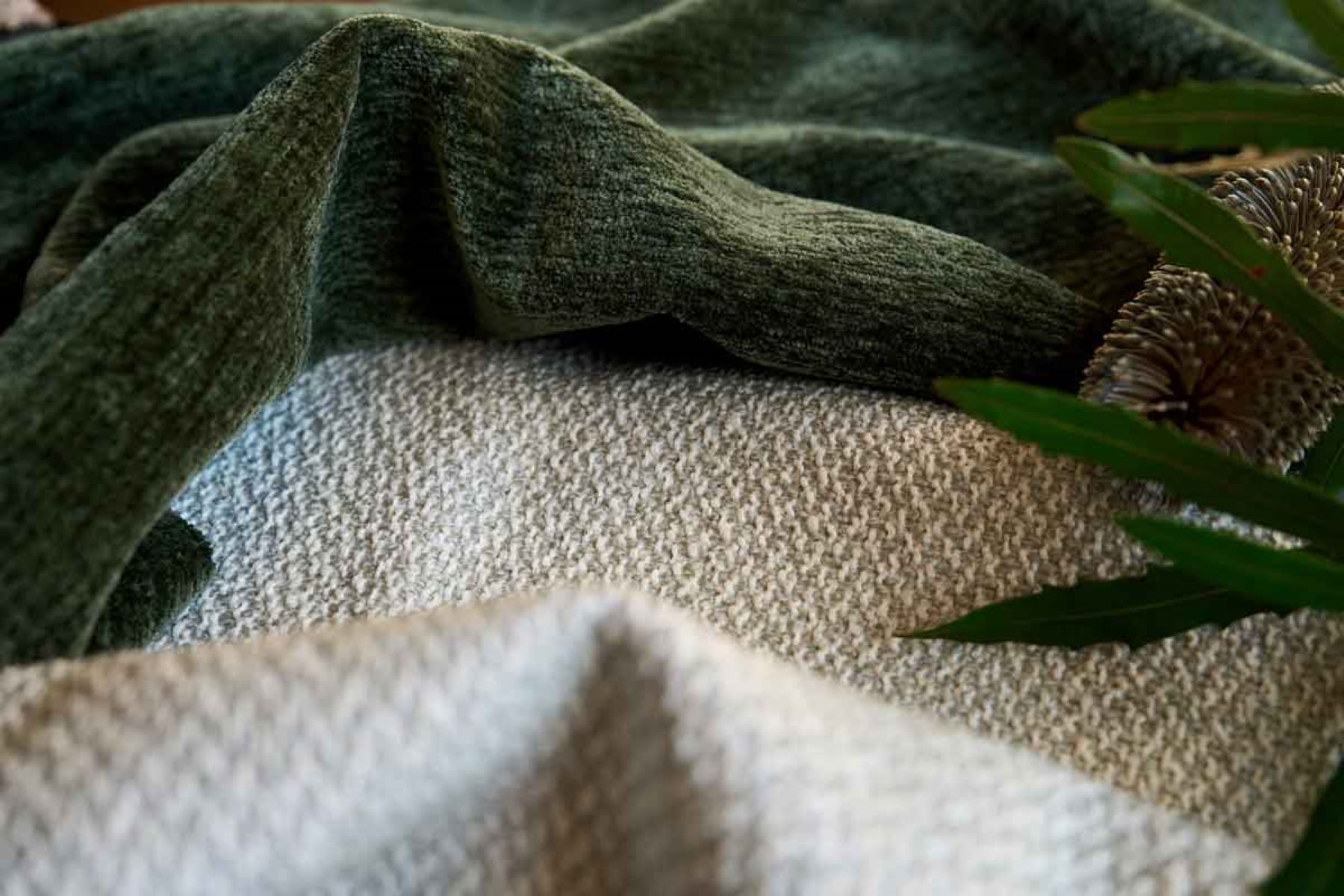

Articles
How To Remove Pilling From A Blanket
Modified: November 1, 2024
Learn how to remove pilling from a blanket with our helpful articles. Find easy tips and tricks to keep your blankets looking fresh and new.
(Many of the links in this article redirect to a specific reviewed product. Your purchase of these products through affiliate links helps to generate commission for Storables.com, at no extra cost. Learn more)
Introduction
Pilling is a common issue that many people encounter with their blankets. It can be frustrating to see those annoying little balls of fabric forming on the surface of your favorite blanket, making it look worn out and less appealing. However, the good news is that there are several methods you can use to remove pilling from your blanket and restore its original appearance and feel.
Pilling occurs when the fibers in a blanket rub against each other, causing them to become entangled and form small pills or balls. It is most commonly seen on blankets that are made from natural fibers such as wool or cotton, but it can also affect synthetic materials like polyester and acrylic. The friction and movement that occur during normal use or washing can lead to pilling over time.
In this article, we will explore various methods to remove pilling from a blanket and restore its smoothness and softness. Each method is effective and can be easily performed at home with the right tools and materials. So let’s dive in and discover how to say goodbye to pilling and restore the pristine condition of your beloved blanket!
Key Takeaways:
- Say goodbye to pilling and restore your beloved blankets with methods like fabric shavers, pumice stones, and lemon juice. Keep your blankets cozy and pill-free for years to come!
- Prevent pilling by choosing high-quality fabrics, gentle washing, and proper storage. Enjoy the comfort of your blankets without the frustration of dealing with pilling issues.
Read more: How To Remove Stains From A Blanket
What Causes Pilling on Blankets
Understanding the causes of pilling is essential in finding effective ways to prevent and remove it from your blankets. Pilling occurs when the fibers of the blanket start to break and entangle, forming small balls or pills on the surface. There are several factors that contribute to pilling on blankets, including:
1. Fabric Quality: The quality of the fabric plays a significant role in determining its resistance to pilling. Low-quality fabrics, especially those with shorter or weaker fibers, are more prone to pilling. Natural fibers like wool and cotton are more likely to pill compared to synthetic materials like polyester or nylon.
2. Friction: Friction is one of the primary causes of pilling. When the fibers rub against each other during movement or contact with rough surfaces, they start to break and form pills. This can occur when you use the blanket or during the washing and drying process.
3. Washing and Drying: Improper washing and drying techniques can contribute to pilling. Using excessive heat and agitation during washing and drying can weaken the fibers, making them more prone to breakage and pilling. It is important to follow the manufacturer’s instructions for washing and drying your blanket to minimize the risk of pilling.
4. Use of Chemicals: Harsh chemicals, such as bleach or fabric softeners, can weaken the fibers and make them more susceptible to pilling. It is best to avoid using these chemicals on your blankets or opt for gentle alternatives to maintain their integrity.
5. Age and Wear: Over time, blankets naturally undergo wear and tear. With each use, the fibers gradually break down, leading to pilling. Additionally, older blankets may have already accumulated some pills, making them more prone to further pilling.
By understanding the causes of pilling, you can take proactive measures to prevent it and prolong the lifespan of your blankets. In the next sections, we will discuss various methods to effectively remove pilling from your blankets and restore their original beauty.
Tools and Materials Needed
Before you begin the process of removing pilling from your blanket, it’s important to gather the necessary tools and materials. Having the right equipment will make the task easier and more efficient. Here’s a list of what you’ll need:
1. Fabric Shaver:
A fabric shaver, also known as a lint remover or pill remover, is a handy device specifically designed to remove pills from fabrics. It features rotating blades that gently shave off the pills, leaving the fabric smooth and pill-free. Look for a fabric shaver with adjustable settings to accommodate different types of fabrics.
2. Pumice Stone:
A pumice stone is a natural volcanic rock with a rough texture. It can be used to gently rub away the pills from the surface of the blanket. Make sure to choose a smooth pumice stone to avoid damaging the fabric.
3. Sweater Comb:
A sweater comb is a small handheld tool with a textured surface or blade. It is specifically designed to remove pills from sweaters but can also be used for blankets. The comb’s textured surface catches the pills and safely removes them from the fabric with minimal effort.
4. Sticky Lint Roller:
A sticky lint roller is a useful tool for removing surface-level pills from your blanket. It consists of a handle with a roll of sticky adhesive sheets. As you roll the lint roller across the fabric, the adhesive picks up the pills and removes them from the surface.
5. Lemon Juice and Baking Soda:
If you prefer a natural and chemical-free approach, lemon juice and baking soda can be effective in removing pilling. Lemon juice acts as a natural bleach and brightens the fabric, while baking soda helps to loosen and scrub away the pills. These ingredients can be mixed into a paste and applied to the blanket.
6. Clothes Shaver:
A clothes shaver, similar to a fabric shaver, is a handheld device designed to remove pills from various types of fabrics. It features spinning blades and a collection compartment to capture the removed pills. Clothes shavers are particularly useful for larger blankets or thicker fabrics.
Be sure to gather all the necessary tools and materials before starting the pilling removal process. Having everything on hand will save you time and ensure a smoother experience. Now that you’re equipped let’s move on to the different methods you can use to remove pilling from your blanket.
Read more: How To Remove Sharpie Marks From A Blanket
Method 1: Using a Fabric Shaver
Using a fabric shaver is one of the most effective and efficient ways to remove pilling from your blanket. The fabric shaver features rotating blades that safely and gently remove the pills from the fabric surface. Here’s how you can use a fabric shaver to get rid of the pilling:
- Prepare your blanket: Lay your blanket on a clean and flat surface. It’s best to place the blanket on top of a towel or sheet to catch the removed pills and prevent them from spreading around.
- Inspect the fabric: Before you start using the fabric shaver, inspect the blanket for any loose threads or snags. Trim any loose threads to prevent them from getting caught in the shaver’s blades.
- Test on a small area: It’s always a good idea to test the fabric shaver on a small, inconspicuous area of the blanket first. This will ensure that the shaver doesn’t damage or snag the fabric. If the shaver doesn’t cause any harm, you can proceed to the next step.
- Hold the fabric taut: Gently stretch the fabric of the blanket to create a smooth surface. This will make it easier for the fabric shaver to glide over the fabric and remove the pills effectively.
- Use the fabric shaver: Turn on the fabric shaver and run it gently over the surface of the blanket. Move the shaver in a circular or back-and-forth motion to cover the entire area with pilling. Apply light pressure to avoid damaging the fabric.
- Empty the lint compartment: As you use the fabric shaver, the removed pills will collect in the lint compartment. Periodically stop and empty the compartment to maintain the shaver’s efficiency.
- Repeat if necessary: If there are still noticeable pills on the blanket after the first pass, you can repeat the process until you are satisfied with the results. Take breaks, especially when working on larger blankets, to prevent overheating the shaver.
- Final touches: Once you have removed the pilling, examine the blanket and trim any loose threads or snags that may have been missed. This will help to maintain the blanket’s appearance and prevent future pilling.
Using a fabric shaver is a quick and efficient method for removing pilling from your blanket. It’s important to handle the shaver with care and follow the manufacturer’s instructions for optimal results. With the pilling removed, your blanket will look revitalized and feel soft and cozy once again.
Method 2: Using a Pumice Stone
Another effective method to remove pilling from your blanket is by using a pumice stone. A pumice stone is a porous volcanic rock with a rough texture that can gently exfoliate and remove pills from the fabric. Here’s how to use a pumice stone to restore the smoothness of your blanket:
- Prepare your blanket: Lay your blanket on a flat surface and ensure it is clean and free from any loose debris. Placing the blanket on top of a towel or sheet can help to catch any removed pills.
- Dampen the pumice stone: Moisten the pumice stone under running water to soften it slightly. It’s crucial not to oversaturate the stone as excessive water can damage the fabric or make the pilling removal process less effective.
- Gently rub the pumice stone: Take the damp pumice stone and gently rub it over the pilled areas of the blanket. Use light pressure and circular motions to lift off the pills. Be careful not to press too hard or scrub aggressively, as that can damage the fabric.
- Rinse the blanket: As you’re working, periodically rinse the blanket under cool running water to remove any loosened pills and debris. This will prevent them from sticking back onto the fabric surface.
- Inspect and repeat: After you’ve covered all the pilled areas, inspect the blanket to see if there are any remaining pills. If necessary, repeat the process on those specific areas until you’re satisfied with the results.
- Dry the blanket: Once you’ve completed the pilling removal process, gently squeeze out the excess water from the blanket. Lay it flat or hang it to air dry thoroughly before using or storing it.
Using a pumice stone can be a time-consuming method, especially for larger blankets with extensive pilling. However, it is an effective and chemical-free way to bring new life to your blanket. Remember to be gentle during the process to avoid damaging the fabric. With the pilling removed, your blanket will regain its softness and cozy appeal.
Method 3: Using a Sweater Comb
If you’re looking for a simple and effective way to remove pilling from your blanket, using a sweater comb is a convenient option. A sweater comb is a small handheld tool designed to remove pills from fabrics, including blankets. Here’s how to use a sweater comb to get rid of pilling:
- Prepare your blanket: Lay your blanket on a flat surface and ensure it’s clean and free from any loose debris. Placing a towel or sheet underneath can help catch the removed pills.
- Select a suitable comb: Depending on the type of fabric your blanket is made of, choose a sweater comb with a texture suitable for the job. Sweater combs are available in different styles, with either a textured surface or a small blade that safely removes the pills.
- Gently glide the comb: Hold the sweater comb with a firm grip and gently glide it over the pilled areas of the blanket. Apply light pressure and move the comb in one direction to remove the pills. Be cautious not to press too hard, as it may damage the fabric.
- Empty the removed pills: As you comb, the pills will accumulate on the surface of the comb. Periodically stop and remove the collected pills by wiping the comb with a tissue or tapping it gently over a trash bin.
- Inspect and repeat if necessary: After you’ve covered all the pilled areas, examine the blanket to see if there are any remaining pills. If required, repeat the combing process on those particular areas until you achieve the desired result.
Using a sweater comb is a straightforward and efficient method for removing pilling from your blanket. It allows you to target specific areas and control the pressure applied to the fabric. However, for blankets with extensive pilling or larger surface areas, it may take some time to complete the process. Once you remove the pilling, your blanket will regain its smoothness and cozy feel, making it perfect for snuggling up on chilly nights.
Method 4: Using a Sticky Lint Roller
If you’re looking for a quick and easy method to remove pilling from your blanket, using a sticky lint roller is a convenient option. A sticky lint roller is a handheld tool that utilizes adhesive sheets to pick up lint, hair, and pills from various surfaces. Here’s how you can use a sticky lint roller to remove pilling from your blanket:
- Prepare your blanket: Lay your blanket on a flat surface, ensuring it’s clean and free from any debris. Placing a towel or sheet underneath can help catch any removed pills.
- Choose a sticky lint roller: Select a lint roller with a sticky adhesive surface that is wide enough to cover the pilled areas of your blanket. Opt for a roller with good adhesive strength to effectively pick up the pills.
- Start rolling: Begin rolling the lint roller gently over the pilled areas of the blanket. Apply light pressure to ensure the adhesive picks up the pills without damaging the fabric. Roll in a back-and-forth or circular motion, covering all the pilled areas.
- Remove the collected pills: As you roll the lint roller, the adhesive surface will accumulate pills. Periodically stop and remove the collected pills by tearing off the soiled sheet or using a tissue. Continue rolling with a fresh adhesive surface as needed.
- Inspect and repeat if necessary: After you’ve covered all the pilled areas, inspect the blanket to ensure that you have removed all the pills. If there are still visible pills, repeat the rolling process on those specific areas until you’re satisfied with the result.
Using a sticky lint roller is a convenient and effective method for quickly removing pilling from your blanket. It allows you to easily pick up the pills without the need for additional tools. However, keep in mind that lint rollers may not be as effective for larger or more stubborn pills. In such cases, you might need to combine this method with other techniques to achieve the desired results. With the pilling removed, your blanket will have a refreshed appearance and a softer feel, ready to provide you warmth and comfort.
Read more: How To Store Pill Bottles
Method 5: Using Lemon Juice and Baking Soda
If you prefer a natural and chemical-free approach to remove pilling from your blanket, using lemon juice and baking soda can be an effective option. Lemon juice acts as a natural bleach and brightens the fabric, while baking soda helps to loosen and scrub away the pills. Here’s how you can use this method to remove pilling from your blanket:
- Prepare a mixture: In a small bowl, combine equal parts lemon juice and baking soda to create a paste. Mix the ingredients well until a consistent paste forms. The lemon juice acts as a natural brightener, while the baking soda helps to loosen the pills.
- Apply the paste: Take a small amount of the lemon juice and baking soda paste and apply it directly to the pilled areas of your blanket. Use your fingers or a soft brush to gently rub the paste into the fabric. Ensure that you cover all the affected areas with the paste.
- Let it sit: Allow the lemon juice and baking soda paste to sit on the blanket for approximately 30 minutes. This will give the natural ingredients enough time to penetrate the fabric and loosen the pills.
- Gently scrub: After the paste has sat for the designated time, use a soft brush or your fingers to gently scrub the pilled areas in a circular motion. Apply light pressure while scrubbing to avoid damaging the fabric.
- Rinse and dry: Rinse the blanket thoroughly with cool water to remove the lemon juice and baking soda residue. Wring out any excess water and air dry the blanket flat or hang it up to dry completely before storing or using it again.
Using lemon juice and baking soda is a natural and eco-friendly method to remove pilling from your blanket. However, it’s crucial to test this method on a small, inconspicuous area of the blanket first to ensure that it doesn’t cause any discoloration or damage. With the pilling removed, your blanket will look fresh and revitalized, without the use of harsh chemicals.
Method 6: Using a Clothes Shaver
If you have a large or heavily pilled blanket, using a clothes shaver can be a practical and efficient method to remove the pilling. A clothes shaver is a handheld device specifically designed to remove pills and fuzz from fabrics. Here’s how you can use a clothes shaver to restore the appearance of your blanket:
- Prepare your blanket: Lay your blanket on a clean, flat surface and ensure it’s free from any loose debris. Placing a towel or sheet underneath can help catch the removed pills for easier disposal.
- Select a clothes shaver: Choose a clothes shaver that is specifically designed for removing pills from fabrics. Ensure that the shaver has adjustable settings to accommodate different fabric types and pill intensities.
- Inspect the fabric: Before you begin using the clothes shaver, carefully inspect the blanket for any loose threads or snags. Trim any loose threads using small scissors to ensure they don’t get caught or snagged in the shaver’s blades.
- Hold the fabric taut: Stretch the fabric of the blanket to create a smooth surface. Holding the fabric taut will help the clothes shaver glide smoothly across the fabric and effectively remove the pills.
- Start shaving: Turn on the clothes shaver and run it gently over the pilled areas of the blanket. Move the shaver in a sweeping or circular motion to cover the entire area. Apply light pressure to avoid damaging the fabric.
- Empty the lint compartment: As you shave, the pills will be collected in the lint compartment of the shaver. Periodically stop and empty the compartment to maintain the effectiveness of the shaver. Dispose of the collected pills in a trash bin.
- Repeat if necessary: After the first pass with the clothes shaver, inspect the blanket to determine if any additional pills remain. If needed, repeat the shaving process on those specific areas until satisfied with the result.
- Final touches: Once you have removed the pilling, examine the blanket for any missed spots or loose threads. Trim any loose threads to prevent future pilling and maintain the appearance of the blanket.
Using a clothes shaver is an effective method for tackling extensive pilling on large blankets. It offers a quick and efficient way to remove the pills without causing damage to the fabric. By following these steps, you can restore your blanket’s visual appeal and enjoy its softness and warmth once again.
Preventing Pilling on Blankets
While it’s helpful to know how to remove pilling from blankets, taking preventive measures can save you the hassle of dealing with pilling in the first place. Here are some tips to help prevent pilling on your blankets:
1. Choose High-Quality Fabrics:
Invest in blankets made from high-quality fabrics with long and strong fibers. Fabrics like cashmere, high-quality wool, or tightly woven cotton tend to be less prone to pilling compared to lower-quality materials.
Read more: How To Create A Blanket From Fabric
2. Wash with Care:
Follow the care instructions provided by the manufacturer for washing your blanket. Use a gentle or delicate cycle and avoid washing at high temperatures. Additionally, separate your blankets from items with rough surfaces, such as towels or jeans, to minimize friction and pilling.
3. Turn Inside Out:
Before washing your blanket, turn it inside out. This step helps reduce friction and rubbing between the fabric surface and the washing machine drum, reducing the chances of pilling.
4. Use a Mesh Laundry Bag:
If you’re washing your blanket in a machine, consider placing it inside a mesh laundry bag. This extra layer of protection will help guard against excessive rubbing and pilling that may occur during the wash cycle.
5. Avoid Harsh Chemicals:
Avoid using harsh chemicals, such as bleach or fabric softeners, on your blankets, as they can weaken the fibers and lead to pilling. Opt for gentle detergents specifically formulated for delicates or natural fibers.
Read more: How To Make A Cape From A Blanket
6. Dry Flat or Line Dry:
Avoid using high heat or tumble drying your blanket. Instead, lay it flat or hang it outdoors to air dry. This method reduces the risk of pilling and helps maintain the fabric’s integrity.
7. Store Properly:
When not in use, store your blankets in a cool, dry place away from excessive heat and moisture. Avoid storing them in tightly packed spaces, as this can lead to friction and pilling.
By following these preventative measures, you can minimize the occurrence of pilling and prolong the life of your blankets. Regular care and maintenance will help keep your blankets looking and feeling like new, ensuring cozy comfort for years to come.
Conclusion
Dealing with pilling on blankets can be frustrating, but fortunately, there are several effective methods to remove those pesky pills and restore your blanket’s pristine condition. From using a fabric shaver or a pumice stone to trying a sticky lint roller or a clothes shaver, you have a variety of options to choose from based on your preferences and the severity of the pilling.
Remember to handle your blankets with care to avoid causing further damage, test any method on a small area first, and adjust your approach depending on the fabric type and thickness. Additionally, taking preventive measures can greatly reduce the chances of pilling in the first place. Careful washing, turning the blanket inside out, and storing it properly are all key to preserving the quality and appearance of your blankets.
By dedicating a little time and effort to removing pilling and implementing preventive tips, you can keep your blankets looking and feeling fresh, cozy, and pill-free for years to come. Don’t let pilling diminish your enjoyment of your favorite blankets—take action and restore them to their former glory.
So go ahead, choose a method that suits you best, gather the necessary tools and materials, and bid farewell to pilling. Enjoy the warmth and comfort of your beautifully restored blankets, knowing that you have the knowledge and techniques to keep them in top-notch condition.
Frequently Asked Questions about How To Remove Pilling From A Blanket
Was this page helpful?
At Storables.com, we guarantee accurate and reliable information. Our content, validated by Expert Board Contributors, is crafted following stringent Editorial Policies. We're committed to providing you with well-researched, expert-backed insights for all your informational needs.
